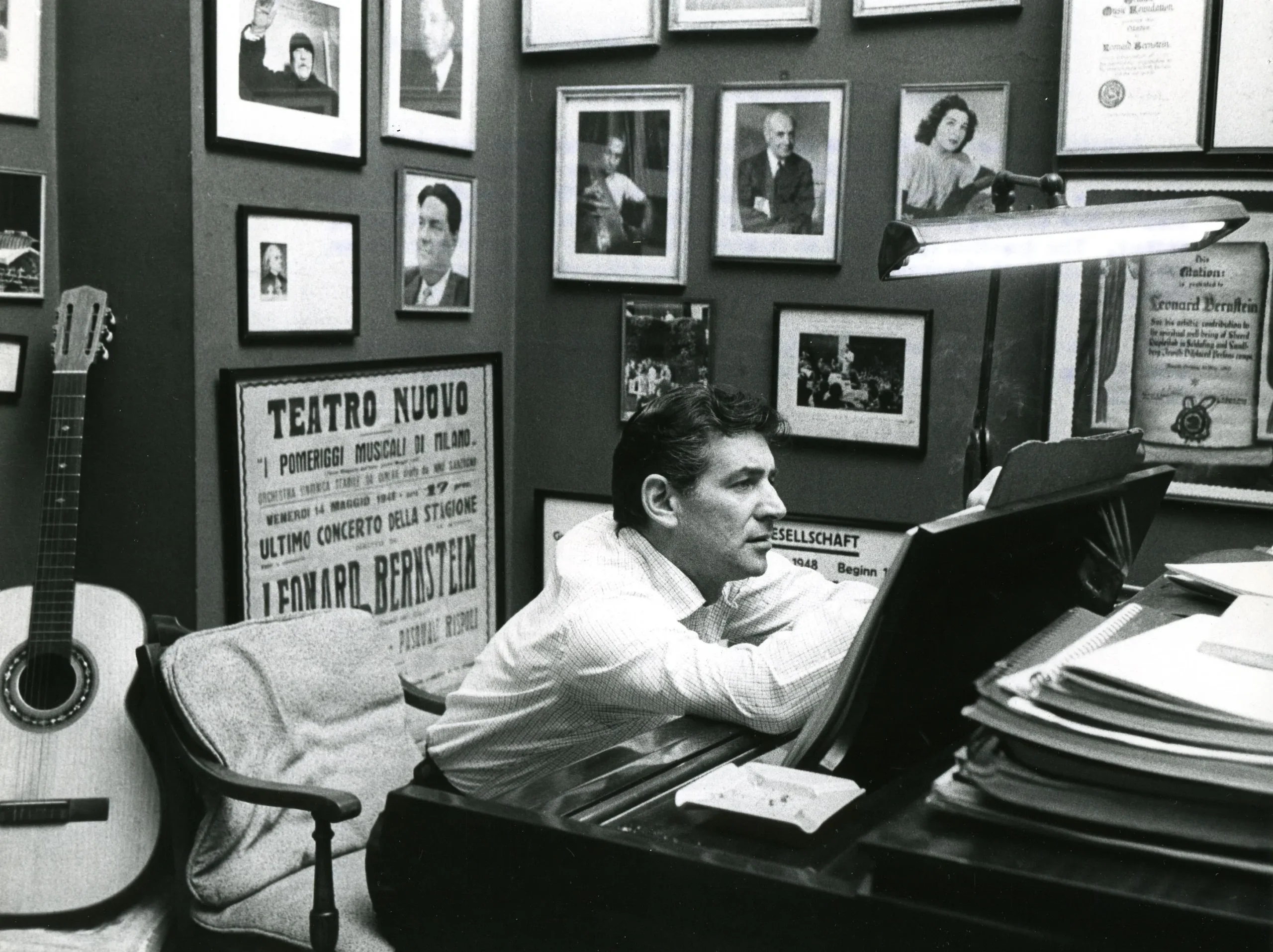The Beginner’s Guide to Grooming Your Dog with Clippers
Grooming your dog at home can save you time and money while helping you bond with your pet. One of the most essential tools for home grooming is a good pair of dog clippers. If you’re new to dog grooming, don’t worry—this beginner’s guide will walk you through everything you need to know to get started with clippers safely and confidently.
Why Use Clippers for Dog Grooming?
Clippers are ideal for trimming your dog’s coat, especially if they have thick or fast-growing fur. Using clippers can help keep your dog comfortable, prevent matting, and maintain a neat appearance. Regular grooming also helps reduce shedding and can make spotting skin issues easier.
What You’ll Need
Before you start, gather the following essentials:
-
Dog grooming clippers: Choose a high-quality clipper designed specifically for pets.
-
Clipper blades or guards: These determine how short the hair will be cut.
-
Comb and slicker brush: Use these to detangle your dog’s fur before clipping.
-
Grooming scissors: Handy for trimming around sensitive areas.
-
Dog shampoo and towels: It’s best to start with a clean, dry coat.
-
Treats: Positive reinforcement helps make grooming a good experience.
Step-by-Step Guide to Clipping Your Dog’s Coat
1. Choose the Right Clipper and Blade
Not all clippers are created equal. Look for quiet, low-vibration clippers to avoid scaring your dog. Detachable blade systems and adjustable speed settings are also helpful features. Select the appropriate blade or guard length based on your dog’s coat type and your desired length.
2. Brush and Bathe First
Always brush your dog thoroughly before using clippers. This removes tangles and mats, which can snag on the blades and cause discomfort. Bathing your dog beforehand also ensures a cleaner cut. Make sure the coat is completely dry before clipping.
3. Create a Calm Environment
Grooming can be stressful for dogs, especially the first time. Choose a quiet area free from distractions. Allow your dog to sniff the clippers while they’re turned off, then turn them on so your dog can get used to the sound.
4. Start with Easy Areas
Begin clipping in easier areas like the back and sides, using slow, gentle strokes in the direction of hair growth. Hold the skin taut to prevent pulling, and avoid going over the same spot repeatedly to reduce irritation.
5. Be Cautious Around Sensitive Areas
Take extra care around the face, ears, paws, and belly. You may want to switch to grooming scissors for these areas if your dog is fidgety. Use a steady hand and stay calm—your dog will take cues from your energy.
6. Take Breaks
If your dog seems anxious or restless, take a break. Offering treats and praise can help reinforce a positive association with grooming.
7. Clean Up and Maintain Your Clippers
After grooming, clean hair from the clipper blades and oil them to keep them running smoothly. Proper maintenance extends the life of your grooming tools.
Tips for a Successful Grooming Session
-
Keep sessions short when you're starting out.
-
Reward your dog with praise and treats.
-
Never rush the process.
-
Check your clipper blades frequently to ensure they aren’t getting hot.
-
Stay consistent—regular grooming makes the process easier over time.
Final Thoughts
Grooming your dog with clippers doesn’t have to be intimidating. With the right tools, a little patience, and a gentle approach, you can help your dog look and feel their best right from home. Not only will you save on grooming costs, but you’ll also strengthen your bond with your furry friend.
What's Your Reaction?




















